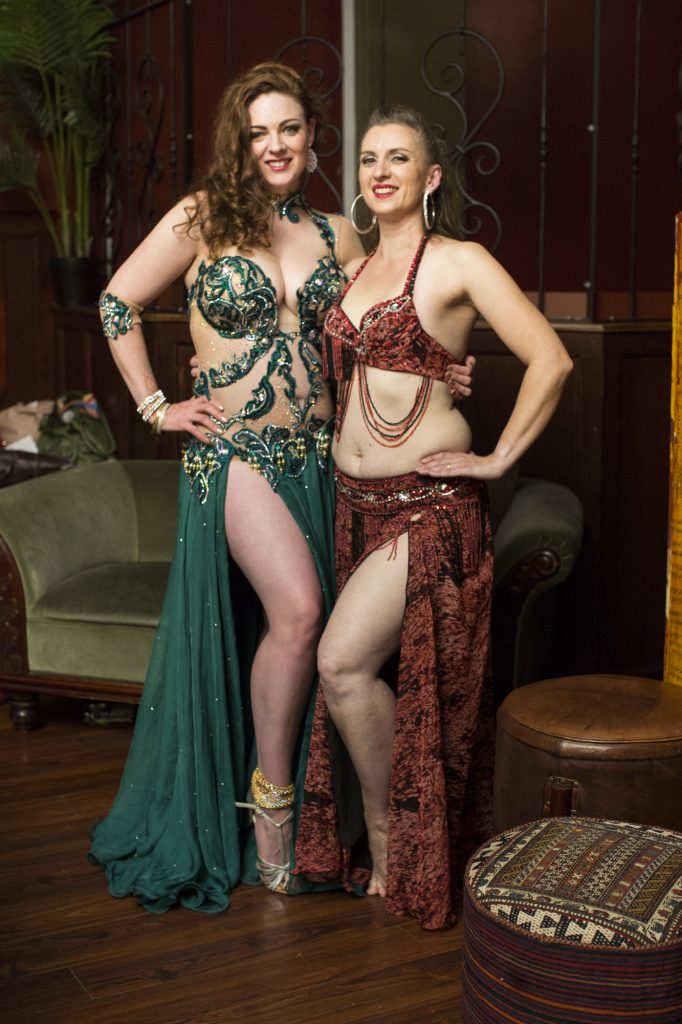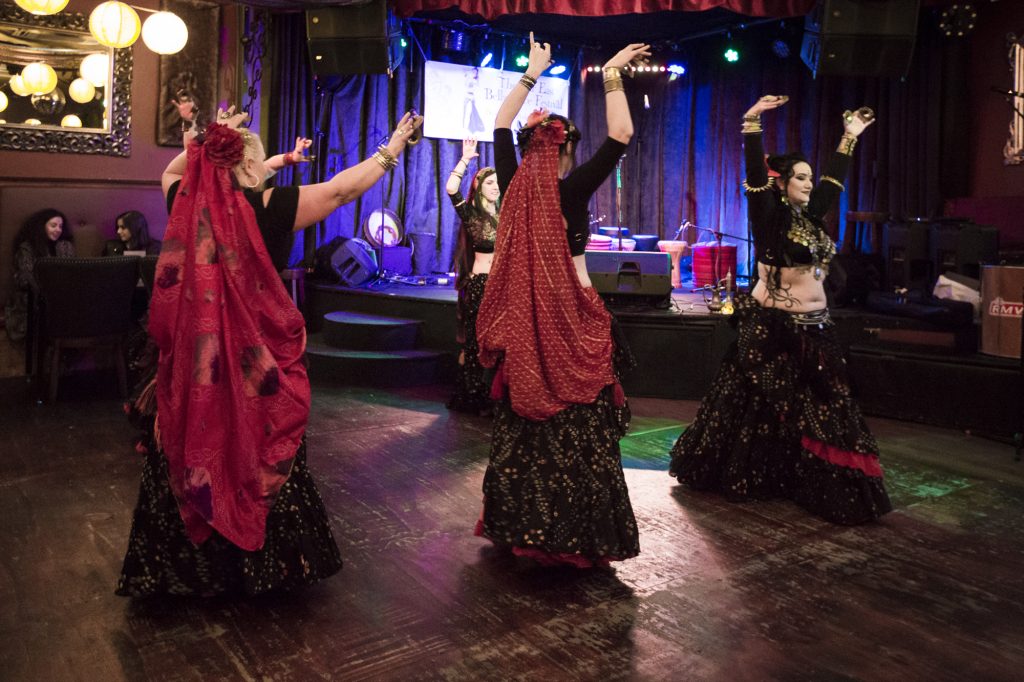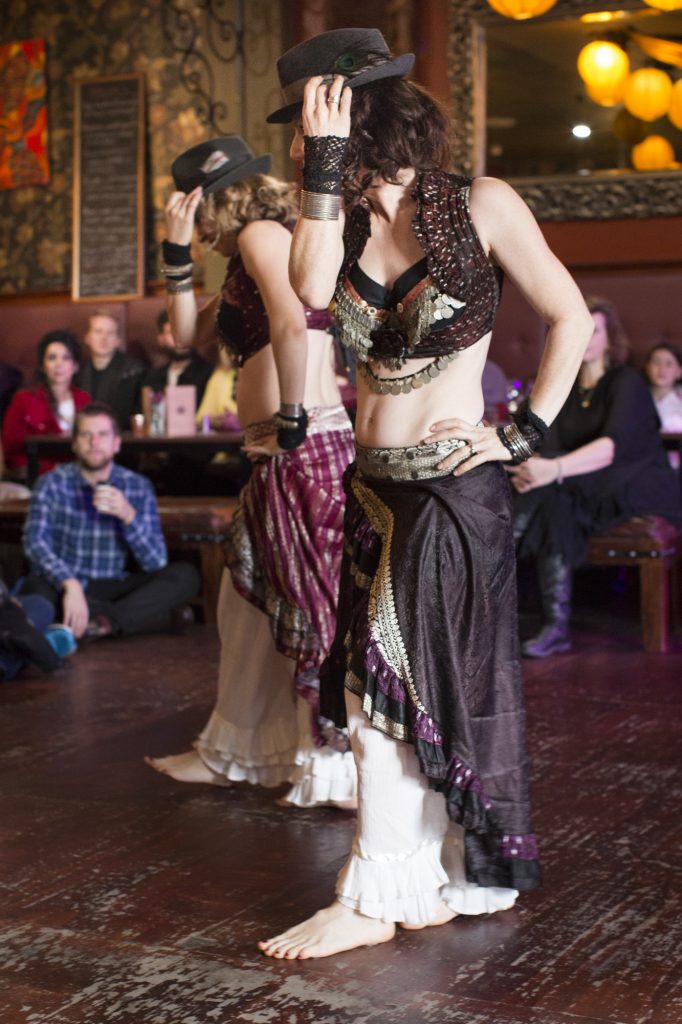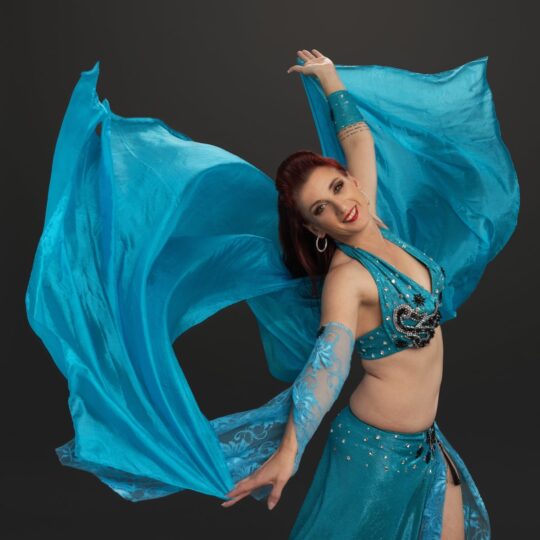Continuing in our “Belly dance 101” series, we are going to take a look at all the major different styles of belly dance in this post.
So how do you style your dance?
The body can only move in so many different ways, so the different styles of belly dance comes through in how movements are sequenced and how they are “dressed up”.
Egyptian Raqs Sharqi and the associated folkloric styles
I’m going to group together a lot of what people may consider “separate styles” here under the one banner of “Egyptian Raqs Sharqi and associated folkloric styles”. Which may upset some people, but I (currently) feel that these all share a lot of commonality, so we’ll talk about them as a group.
These are the styles from which all others grew. Many origin stories talk about what we now know as “belly dance” being a family dance that was done at celebrations, family gatherings and anywhere where it felt appropriate.

Different types of movements were used in different situations, if you were arriving at a celebration of another family, you may use steps that had a welcoming feel. Later on in the night, you might get up in a moment of elation and use a more modest step (just in case your future in-laws happened to be watching).
Later, after several evolutions, the same dance hit the big stage. Dancers joined the bands in nightclubs, and two government sponsored groups started performing. These groups changed things around to be most closely aligned to what we know and love today.
Many dancers use “props” with their dance. From the traditional sagat / zil / finger cymbals, through to saidi style hooked canes and straight tahtib sticks, trays, wings, veils and the very modern “voi” (veiled poi), there is a never ending stream of new ideas that are being introduced.
The costume worn varies depending on the type of song being performed and the location the dancer was performing in. On a 5 start hotel stage, the dancer would likely be clad in a 2 piece costume with coins or beads (later rhinestones would be included too), for something more homely or in a more family orientated environment, a belady dress or something more covering.
American Tribal Style
ATS or American Tribal Style, was started in San Francisco. The dancers are mostly improvised with all dancers knowing the same set of steps and the queues for them, the left front most dancer is the “lead” who picks what step the dancers are doing and the remaining dancers follow along.

The dancers will often use sagat / zil / finger cymbals and also use props such as baskets and swords.
The movements are a mixture of the Egyptian style discussed above with other dance styles such as Indian, Jazz, Ballet and contemporary mixed in. The costuming style sees the same blend, with chioli tops (Indian sari tops), mixed with wide legged pants (pantaloons), 25-yard skirts and heavy silver jewelry.
Fusion
Fusion belly dance is the love child of ATS (described above) and American Cabaret belly dance (the Egyptian stage and movie dance transformed further when it hit the American shores – more on that in a later post). It also started to incorporate more diverse movement styles such as hip hop, flamenco and Indian classical dance.
Fusion tends to use more modern music – electronica, oriental beats and some dancers will even look towards music with an industrial feel to it.

The costuming tends towards being similar to ATS, but at the same time, it has developed further again to allow for the impression of the incorporated movements. Flamenco skirts will make an appearance when the dancer is using more flamenco movements, harem pants may replace the pantaloons where the dancer is using more modern styles where flexibility in movement is key.
All of these variations have one common base. The human body. For some dancers, the lines are clear and they sit completely within one style. Others (like myself) appreciate all of them for what they’re worth and enjoy being able to slide between them all depending on the situation.
There are a lot of other variations that I’ve not covered here – Turkish, Persian, Gulf. Plus even more, if you break down all the Tribal Fusion variations. But in the aim of not making this post longer than it needs to be, we’ll come back to these later. There is also a lot more than can be said on each of the above styles. Each has its lovers and detractors, its history and future.
For me, I love looking into each of them. As a part of learning who I am in dance, learning all the roots of where this dance comes from helps me work out who I am and how I style my dance.
If you’d like to learn more about me and my style, you’re welcome to join me in my weekly classes. Check out the belly class details here.




